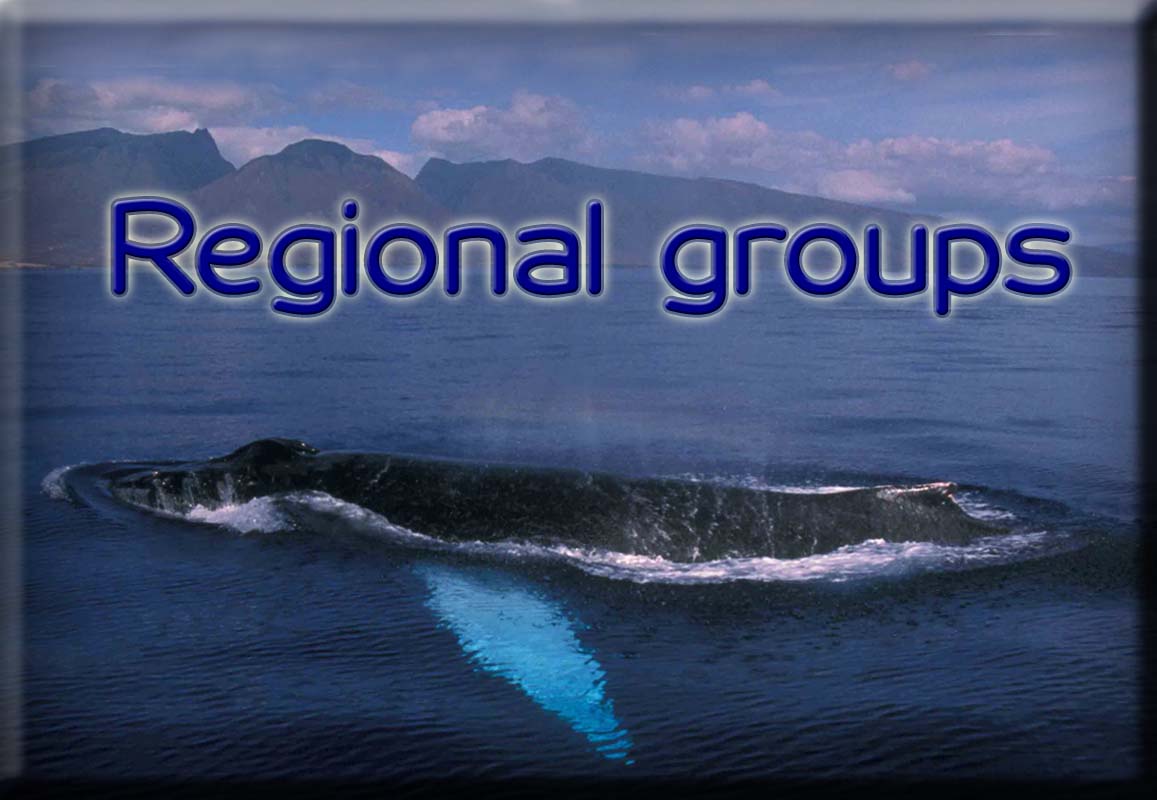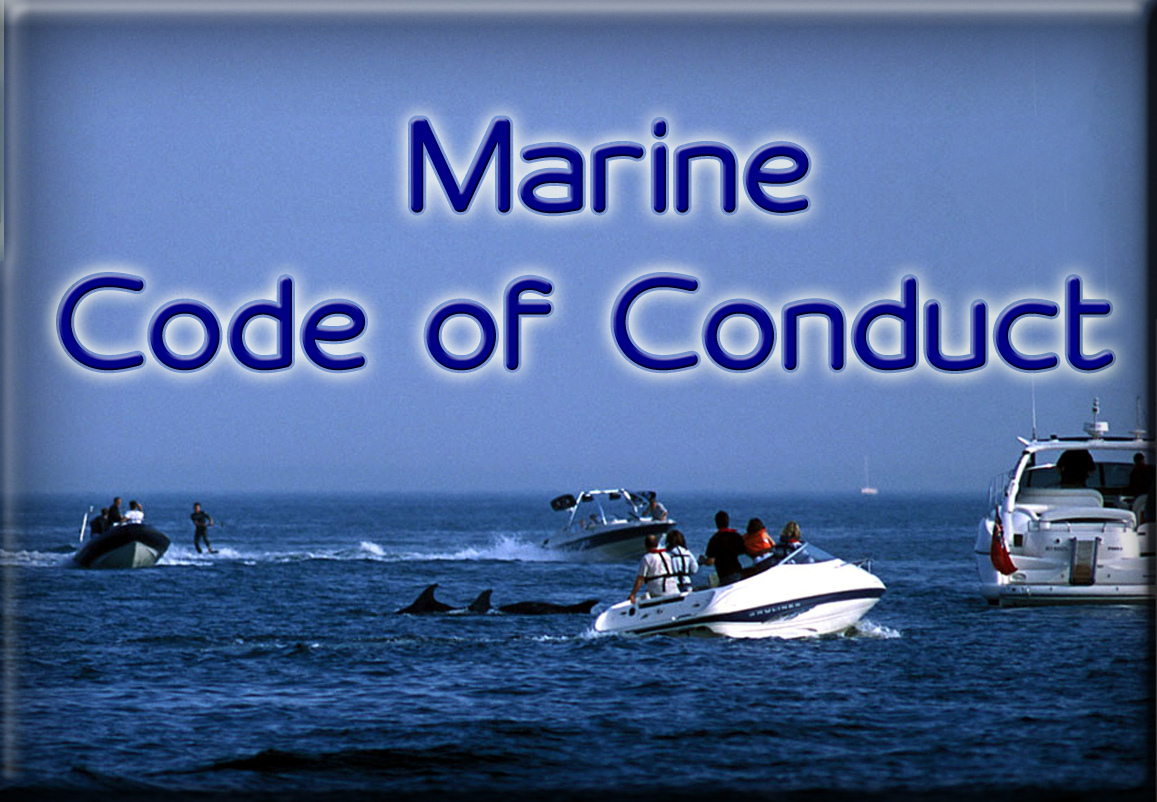Download our bite size guides to UK whale and dolphin species.
- Species ID British Isles – most common species in the UK particularly in the South and South-West, including the Irish Sea.
Species Identification Guides
Click on the following links for more information about individual species:
Humpback whale (Megaptera novaeangliae)
Fin whale (Balaenoptera physalus)
Sei whale (Balaenoptera borealis)
Minke whale (Balaenoptera acutorostrata)
Sperm whale (Physeter macrocephalus)
Risso’s dolphin (Grampus griseus)
Atlantic white-sided dolphin (Lagenorhynchus acutus)
White-beaked dolphin (Lagenorynchus albirostris)
Common dolphin (Delphinus delphis)
Striped dolphin (Stenella coeruleoalba)
General Guide
When a live cetacean is seen, you may only have a very brief time to note any distinctive features. For this reason it is very important to know exactly what to look for. First, obtain some idea of the animal’s length. Where possible, compare it to some object of known length in the vicinity, such as a boat. Otherwise, be prepared for the estimate to be only very approximate, but try to place the animal within a size range, for example 4-8, 6-10, 8-12, 10-20, 15-30, 25-50, 40-60, greater than 60 feet. This should take a matter of seconds (though be prepared to have to estimate on the basis of only a dorsal fin and part of the back).
On the first look, see if there is a dorsal fin at all (right whales do not have one, and the sperm whale has only a series of ridges along the back). If one exists, note its position (either halfway or two-thirds along the back), its relative size and its shape. The harbour porpoise can readily be distinguished from the various dolphin species not only by its smaller size (~ 4ft total length compared with 6-12ft in the case of dolphins), but also by its small triangular dorsal fin. Most dolphins have recurved fins, somewhat sickle-shaped.
Of the whales, most species have a small fin two-thirds of the way along the back. The two exceptions with centrally placed dorsal fins which are likely to be seen in Northern European waters, are the long-finned pilot whale, with a taller curved fin that in adults is more rounded and flag-shaped, and the killer whale, with a conspicuous fin that in the adult male, reaches a height of six feet. The shape of the dorsal in both species varies with age and between the sexes, being more curved in females and immatures. In the male killer whale, the fin is actually triangular, sometimes even swept forward.
Most other whales have small curved fins. In the blue, sei and minke whales, the relative size of the fin increases as the total length of the whale diminishes. It also tends to be more curved, a trait most pronounced in the sei. Observers may confuse the minke whale with the northern bottlenose whale. The head shape is very different, but often the identification is based primarily on the view of a back and a fin. Both are of similar size, and in both, the fin is two-thirds along the back. The best way to distinguish them is to look for a more upright and deeply curved fin in the bottlenose whale, and if one is close, a conspicuous white patch on the outer surface of the minke whale’s flippers. Other beaked whales such as Cuvier’s beaked and Sowerby’s beaked whale are very difficult to identify at sea. In very calm conditions, they may lie at the surface allowing one to see the rounded head, prominent beak, and in males, a single pair of teeth in the jaw. They have a small but distinct curved dorsal fin two-thirds along the back.
The larger species are best separated either by their characteristic head shapes, or the size and shape of their blows (only the sperm whale has a pronounced forward blow, and the right whale has a double blow) and by their surfacing and diving characteristics.
Many of the whales are rather uniform in colouration: dark on the back and flank, pale on the belly (often concealed). For the smaller dolphins, however the markings on their flanks, used in combination with the length of the beak, can confirm identification according to the species. The only long-beaked species in our waters are the common and striped dolphins, and the latter only occasionally come into the region, from the south. The common dolphin has a characteristic hourglass pattern of tan on the flanks, extending to the back only on the tail stock; the striped dolphin has a dark blaze on its flanks, sweeping forward from the dorsal fin, and three distinct dark lines of variable length extending back from the eye.
The white-beaked dolphin, the commonest dolphin in northern Britain, is often misidentified as white-sided because it has white patches on the sides. But, unlike the species of that name, the white area almost invariably extends over the back behind the dorsal fin, and in some individuals, the white is not very distinct. The Atlantic white-sided dolphin, on the other hand, has a very conspicuous long, white, oval patch on the flanks behind the dorsal fin, from which rises a yellow ochre blaze. From a distance, the large curved dorsal fin of the white-beaked dolphin is sometimes confused with that of a female and immature killer whale. The same goes for that of the Risso’s dolphin (locally termed Grampus), though it is usually readily distinguished by its frequent pencil-like markings on the uniform grey flanks, which whiten with age. (It is possible that some sightings of white whales are of old Risso’s dolphins.)
The bottlenose dolphin, though probably the most familiar dolphin to many, is ironically one of the more difficult to identify with certainty, having no distinctive pattern markings. Instead, it is uniformly dark brown or grey above and pale below, the one shade merging inconspicuously into the other down the flanks.
External features are generally more useful for species identification than behaviour patterns because the latter can vary with circumstance. Nevertheless, sometimes these can provide useful support. Porpoises, for example, rarely do more than break the surface, so that leaping animals are much more likely to be dolphins. Humpback and sperm whales frequently throw their tail into the air before making a deep dive. Humpbacks are perhaps the most acrobatic of large whales, not uncommonly propelling themselves right out of the water. They also have large tail flukes and very lone white flippers. Some whales, such as the minke whale and fin whale, will sometimes lunge thr0ugh the surface so that their entire heads can be seen and occasionally also breach.





























